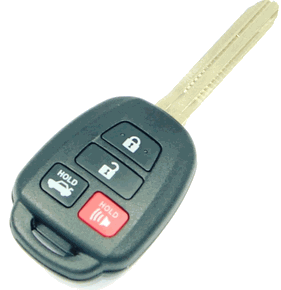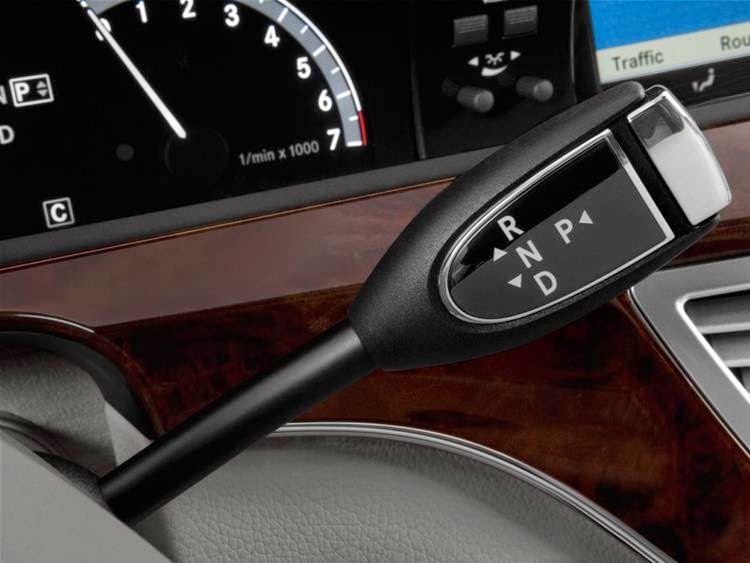KEY
This is what gives us access to the car (lock/unlocking and starting). They come in different shapes and sizes.
Some are readily available (exposed)
Some are like switchblades, they reveal the key after the push of a button on the fob
These kind of keys are inserted into the key hole (door or ignition) and twisted to lock/unlock the doors or to start the ignition.
Keyless Entry
You still need a key here, but the key fob just has to be on your person (be it in your hand or pocket etc)
(doesn't look like that "shield-like" key would fit into any key hole)
Whereby to lock the car, all you need to do (as long as the key is on you) is simply press the button on the door handle and to open, pull the door handle (sensors in the handle would detect your intention and unlock the door).
Some handles have numbered buttons that are used to input codes to lock/unlock the vehicle
Some side mirrors fold (close/open) automatically when the doors are locked/unlocked.
In most cars, you start/stop the engine with the key
You can also push a button located in the spot the key is normally inserted
or on the gear stick
or in the center console
the "Push Start/Stop" button could actually be anywhere the manufacturer decides.
Some vehicles have the "remote start" option which allows you start your car and adjust temperature (turn on your air-conditioner/heater) with the remote at a given distance.
When you valet your car, you wouldn't want the valet having access to your entire stable or to things in your storage compartments so some cars have "valet mode", where you input a code in a system or a "valet key" that has an engine output limiter and cannot open storage compartments.
In some cars, a special key is used to UNLOCK the vehicle's output limiter e.g the Bugatti Veyron's Top Speed Key removes the 375km/h limit and permits the vehicle to go up to 450km/h (although 437km/h is the fastest i've heard of anyone push it to). This key is different from the normal Bugatti key
Top Speed Key
Normal Bugatti Veyron Key
As an option, the watch company Jaeger LeCoultre have a watch series "AMVOX" which has a transponder that can be configured to lock/unlock and start your Aston Martin vehicle. The watch costs around $26,000.00 (N4,680,000.00... with a $ being N180).
Some keys such as the BMW i8's key are capable of showing you your petrol and hybrid battery range level.


















































%2Brear.JPG)
